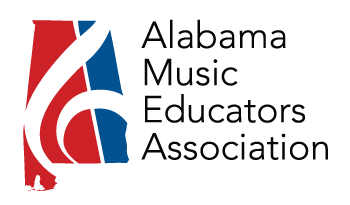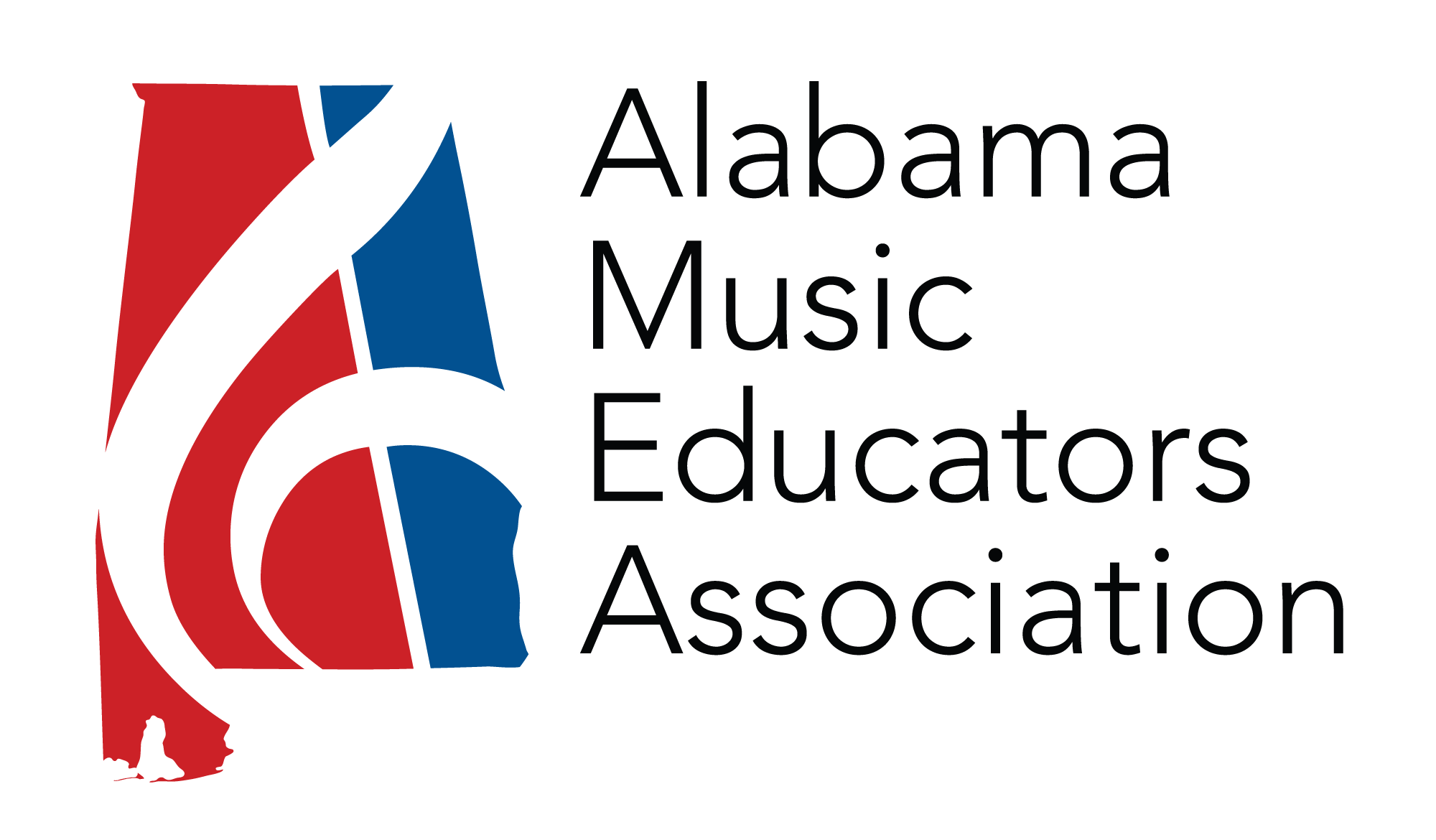
Thank you to everyone who came to this year’s Fall Workshop, and thank you to Dr. Damion Womack and Huntingdon College for hosting us. I hope that you all were able to leave with some new strategies and ideas to use with your choirs and that you were able to enjoy some time visiting with your colleagues.
BYLAW CHANGE
At Fall Workshop, the membership voted to change the eligibility requirements for the Pat Blackwell Music Education Award to make them align with the Outstanding Choral Student requirements. Article XV, Section 15.2 of the AVA Bylaws now states:
In addition to the general eligibility requirements for AVA events listed in Article IV, each nominee for the Pat Blackwell Music Education Award must:
A. Have been a performing member of an All-State choir (SATB, TTBB, SSAA) the preceding year. B. Have been selected for the current year’s All-State choir.
C. Be a senior with an overall C average or above
D. Be in good standing with his/her school and choral department
E. Intend to major in choral music education in college. NEW SIGHT-READING GUIDELINES
AVA Vice-President Ginny Coleman proposed in 2016 that we reevaluate our sight-reading requirements to allow for varying levels of choirs. She appointed me to work with a committee to research other states’ guidelines and to involve the membership in creating new guidelines for us. The AVA board felt this was necessary because other disciplines are tested on various levels based on student
experience. The sight-reading committee chose to adopt the guidelines for levels Ginny had created, and with the help of the sight-reading committee, we created a chart that shows what will be expected of each level. In addition, we chose to allow beginning groups to read one voice-split less than their stage voicings. For example, a beginning SAB choir may choose to read a 2-pt example or a beginning TTB group may read a TB example. We just ask that each director write a rationale for the need on the judge’s sheet so that the judge will understand the necessity. For example, a 20-person beginning SAB group with only a few baritones might choose to read 2-pt. and would write on the form that they are reading 2-pt. due to the size of the choir, small number of baritones, and their level of experience.
As to what is expected of each level, we created our chart using the old AVA guidelines, so for most of our choirs, the level of difficulty will seem about the same. However, we believe these new guidelines will allow more beginning high school choirs and 1-2 grade junior high and high schools to
participate. We also felt there was a need for an advanced level. Until now, we have had 9th-grade schools, 9th-12th-grade schools with no feeder programs, and 9th-12th-grade schools with 6th-8th- grade feeder programs reading at the same level of difficulty.
Lastly, we updated our sight-reading procedures to allow for tonality to be established once during the 5-minute study period and again before each singing of the example. We know that many directors have their students audiate during the study time and would prefer them to audiate in the correct key. The new standing rules state that “Tonality may be established by playing the tonic or chord once at any point during the study period.”
The new sight-reading guidelines may be found in the revised General Membership Handbook on the AVA website.
ALL-STATE AUDITIONS
All-State auditions are fast approaching. Please be sure to read the All-State Audition Standing Rules before your audition date. Make certain that each of your students has the All-State Adjudication Form F2.2 complete with parent signature and song titles listed in audition order. The lists of song titles in audition order may be found on the AVA website. Also, every student will sing an excerpt from Ed Robertson’s arrangement of “Alabama” as part of the audition. This piece is not included in All-State music packets, so make sure your students each have an original copy of this piece and have learned it. This year, we are also having all directors submit two of their All-State auditionees singing “Alabama” through Acceptd.com. This will allow each school to interact with the service and to discover any concerns we may have in regards to using them in the future. After All-State auditions, please email me any questions or concerns while they are fresh on your mind so that we can discuss them at AMEA.
ASSC AUDITIONS
For this year’s auditions, each student will submit four vocal videos and two dance videos through Acceptd. For the vocal videos, students will sing along with the Matthew Curtis accompaniment tracks. For the dance portion, the choreography video will be online on YouTube one week prior to the submission deadline. Each student must submit a front-view and a back-view video so that the judges can make sure the students have the dance memorized. Students will need to sing their parts while dancing.
AMEA CONFERENCE
The 2019 AMEA Conference will be held January 17-19 at the Birmingham-Jefferson Convention Complex in Birmingham. Our guest clinician will be Dr. Lori Hetzel from the University of Kentucky. She will be presenting sessions entitled “Unleashing the Power and Beauty of the Female Voice in a Choral Ensemble” and “Empowering the Treble Chorus with Quality Repertoire.” J.W. Pepper will also be sponsoring a reading session of repertoire chosen by Dr. Hetzel. In addition, we will have some wonderful concerts and sessions by choral directors and choirs in our state. I hope to see you all there!


